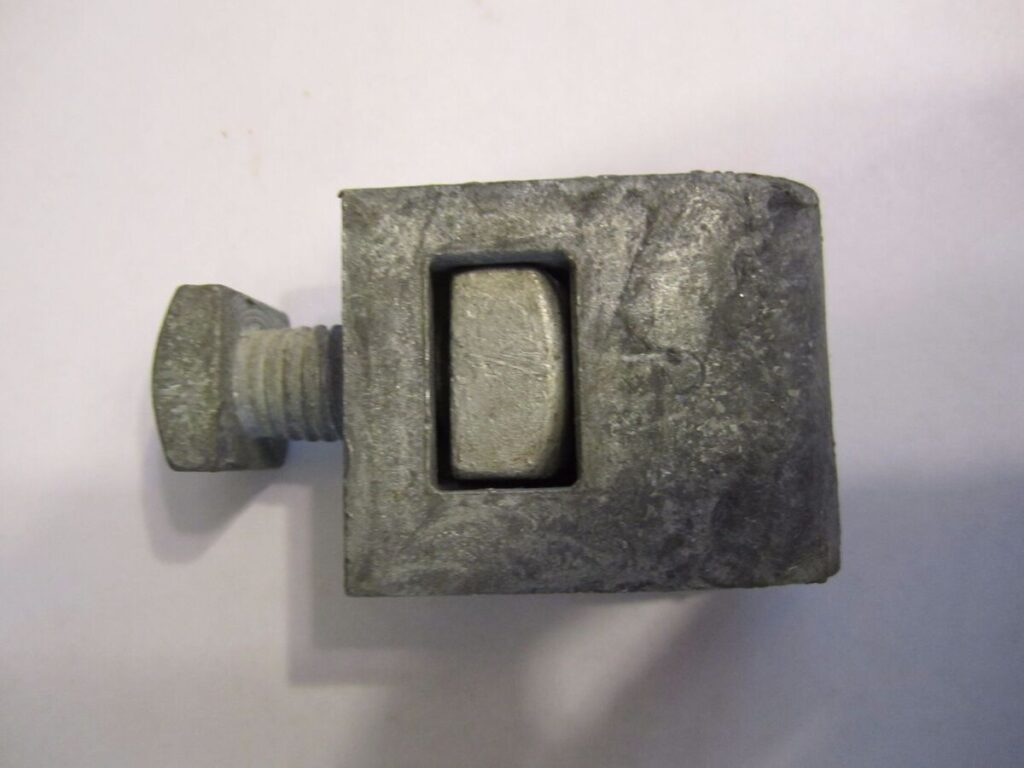
A b strand ground clamp is a specific kind of grounding device used in overhead lines to secure ADSS and OPGW cables. The goal is to provide dependable grounding for overhead power lines and communication cables. This is critical for securing electrical infrastructure against lightning strikes and electrical failures. They connect the grounding wire to a supporting strand of cable or directly to the tower. B strand ground clamps consist of corrosion-resistant materials. These materials can tolerate extreme environmental conditions. They have designs to install quickly and securely. This occurs with the use of a bolt or screw mechanism to establish a secure connection. B strand ground clamps serve their purpose in overhead lines, ADSS cables, OPGW cables, and telecommunications lines.
The roles of the B-strand Ground Clamp
B strand ground clamps perform many tasks to ensure the safety and dependability of electrical systems. They contribute to more secure grounding, increased structural stability, and reduced electromagnetic interference. The b-strand ground clamp has the following functionalities.
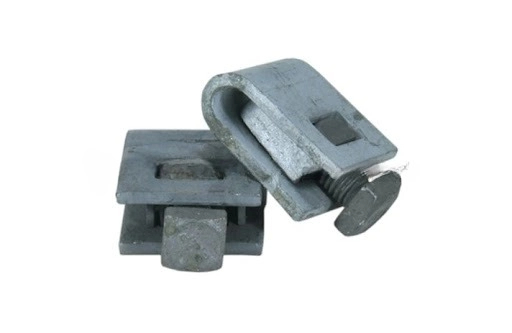
- Grounding and safety – B-strand ground clamps provide a secure connection for grounding wires. This creates a path for electrical surges to safely dissipate into the ground. The ground clamps help to divert the fault current away from the conductors to the ground.
- Structural integrity – the ground clamps attach the grounding wires to the support strand. This ensures the grounding system remains intact and functional under diverse weather conditions. They also contribute to the mechanical stability of the transmission line. This is by holding the grounding wires in place.
- Electromagnetic interference reduction – proper grounding using b strand ground clamps reduces electromagnetic interference. This is to ensure the integrity and quality of the data transmitted over communication lines.
- Corrosion prevention – b strand ground clamps are from corrosion-resistant materials. These materials include bronze, aluminum or galvanized steel.
- Compliance with safety standards – proper installation of b strand ground clamps ensures compliance with safety standards. This is important for maintaining the reliability of the power grid.
- Maintenance and inspection –the clamps have designs to allow easy installation and inspection. It allows maintenance personnel to assess the integrity of the grounding system.
B-strand ground clamp for ADSS and OPGW wires
B strand ground clamps serve in conjunction with ADSS/OPGW cables to ensure secure and dependable connections. They are compatible with a variety of cable types and easy to install. This makes them critical components of the infrastructure. The following are the primary characteristics of the b strand ground clamp.
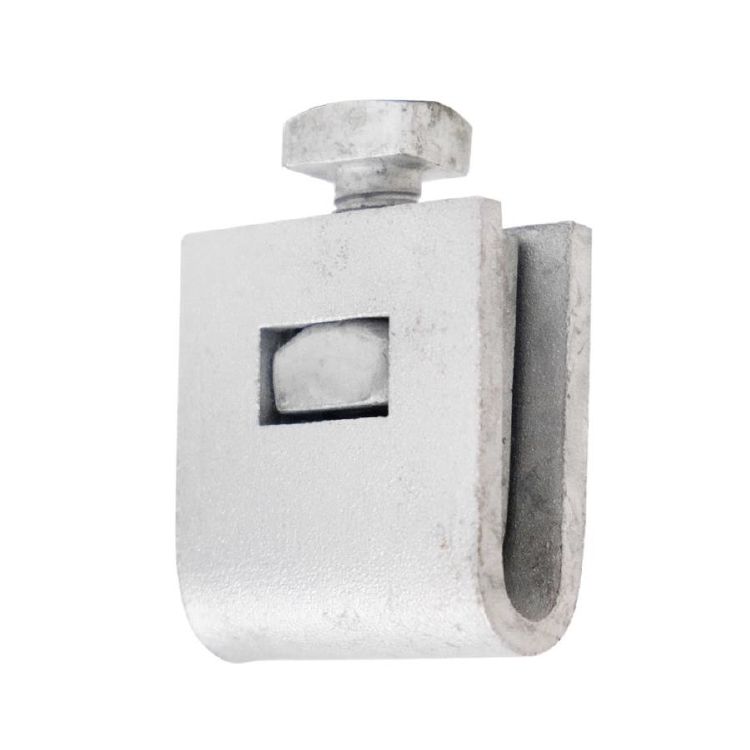
- Material composition – the clamps are from high-quality materials that prevent corrosion. They are also able to withstand harsh environmental conditions. The materials prevent electrical conductivity to ensure efficient grounding.
- Design and construction – they have designs to withstand mechanical stresses, vibrations and environmental factors. They also feature secure fastening methods using bolts or compression fittings. This is to ensure a tight and reliable connection.
- Compatibility – b strand ground clamp is compatible with a wide range of wire sizes and types. This makes them suitable for ADSS and OPGW cables.
- Ease of installation – the clamps have designs for quick and simple installation to reduce labor time and costs. They need minimal tools for installation which makes the process more efficient.
- Electrical performance – they ensure reliable grounding to dissipate electrical surges and fault currents. They also provide low-resistance connections to ensure effective grounding and reduce voltage drops.
- Mechanical stability – b strand ground clamps attach the ground wires to the support structure. This helps to relieve strain on the cables and grounding wires to reduce the risk of mechanical wear.
- Environmental resilience – they are weatherproof to perform reliably in various weather conditions. This is including extreme heat, cold, moisture and UV exposure.
- Compliance – the clamp meets industry standards and regulations for grounding and safety. They also provide a safe grounding solution to protect personnel and equipment from electrical surges.
Cost Analysis and Concerns for B-Clamps
B strand ground clamps cost different amounts depending on the material, design, manufacturer, and application. When selecting a b strand ground clamp, it is necessary to weigh the initial costs against the long-term advantages. Also, bulk purchasing might help to optimise the cost-effectiveness of the grounding system. Bronze clamps cost between $20 and $50 per unit; aluminum clamps cost between $10 and $30 per unit; and galvanized steel clamps cost between $5 and $15 per unit. The following are the elements to consider when purchasing b strand ground clamps.
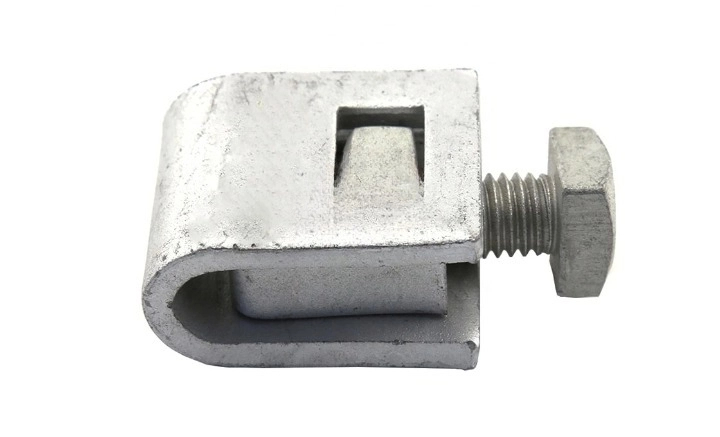
- Material – bronze is more expensive due to its excellent conductivity and corrosion resistance. Aluminum are more cost-effective than bronze and still offer good conductivity. Galvanized steel is the least expensive option though it may not offer the same longevity as bronze or aluminum.
- Design and features – there are clamps with basic designs and simple fastening mechanisms. These are less expensive compared to advanced designs with adjustable features. Pre-assembled can reduce installation time and labor costs. Custom-designed clamps are for specific cable sizes or installation environments.
- Manufacturer and brand – products from well-known manufacturers might come at a premium. This is due to their warranty and customer support. Generic brands may offer lower prices but might compromise on quality, durability, or after-sales support.
- Quantity and bulk purchasing – bulk purchases can reduce the unit cost due to bulk discounts. Smaller quantities or single-unit purchases can be more expensive per unit.
- Installation and maintenance costs – clamps with simple installation designs can reduce project costs. This is by saving on labor and time. Corrosion resistant clamps might have a higher upfront cost but lower long-term maintenance expenses.
- Environmental and operational considerations – investing in more-expensive, corrosion resistant materials are essential for long term performance.
Supplier details regarding b strand ground clamps
There are various suppliers of b strand ground clamps in the industry to choose from. There are various aspects to consider while choosing providers. It is critical to check potential suppliers to verify that they meet your specific requirements. Further, it is advisable that you request price quotes from various suppliers to ensure the best possible choices. The following are the factors to consider when selecting ground clamp providers.

- Quality certification – ensure the supplier uses high quality and corrosion-resistant materials. Ensure the supplier adheres to recognized industry standards and certifications.
- Product range and customization – a supplier with a broad range of ground clamps can provide options suitable for different applications. They should have the ability to customize clamps for specific cable sizes and configurations.
- Price and value – compare prices from many suppliers to ensure you get competitive rates. Consider the purchase price and maintenance costs.
- Supplier reputation and experience – the supplier should have extensive experience in manufacturing and supplying ground clamps for ADSS/OPGW cables. Check for reviews, testimonials and references from other customers.
- Technical support and service – ensure the supplier has experienced staff who can provide technical support and guidance.
- Lead time and availability – check the supplier’s production capacity to ensure they meet your demand within required timelines.
- Logistics and delivery – assess the suppliers’ logistic capabilities including shipping methods, delivery times and reliability. Ensure the supplier can deliver to your location without significant delays.
- Compliance considerations – verify that the supplier complies with all relevant local and international regulations. Consider suppliers that use environmentally friendly manufacturing practices and materials.
- Innovation and technology – suppliers investing in research and development may provide more advanced and efficient ground clamp designs.
Regulations and Certifications for B Strand Ground Clamps
Standards and certifications for b-strand ground clamps verify that the components please the required specifications. The standards serve to ensure the safety, dependability, and performance of the systems. Additionally, it is critical to guarantee that the products meet the specific requirements. The following are the standards and certifications to look for when selecting b strand ground clamps.
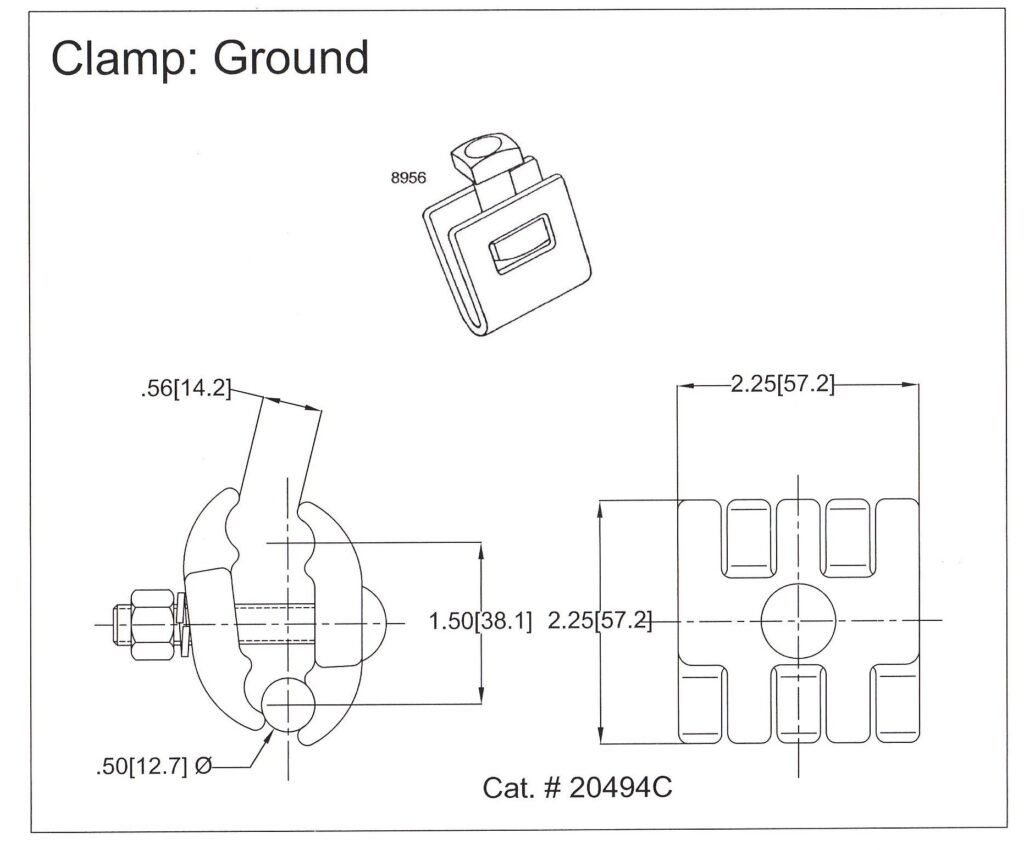
- Industry standards – this includes standards that provide guidelines for the construction and testing of ground connectors. ANSI standards outlines the requirements for connectors used in power lines.
- International standards – this is the IEC standardsthat provide requirements for the performance.They also include guidelines for testing and performance of insulators and related hardware.
- National standards – this includes ASTM standards that provides guidelines for testing and materials for b strand ground clamps.
- Quality and safety certifications – this includes ISO certifications that ensure the supplier follows consistent quality management practices in manufacturing. UL certifications covers the requirements for grounding and bonding equipment for electrical conductivity.
Frequently asked questions
B strand ground clamp is a device used to connect grounding wires to support strands or structures. They provide a path for electrical surges and fault currents to dissipate into the ground.
They provide a reliable grounding path to dissipate electrical surges to reduce the risk of damage to the cables.
Using clamps made from corrosion-resistant materials ensures the long term performance. Environmental resilience ensures reliable operation under extreme weather conditions.